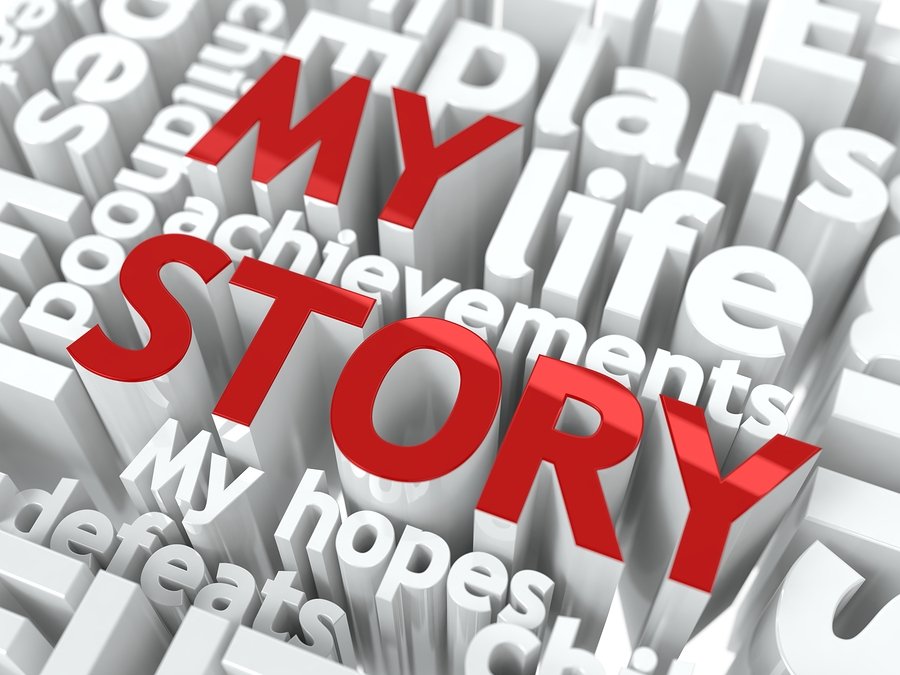Checking the Boxes: Why Therapy Was Not Helpful
/By Mia Maysack, PNN Columnist
Living with persistent pain or chronic illness is enough to push anyone to the brink of insanity. I’ve reached out for mental health assistance in the past, and either regretted it or didn’t feel it was much help at all.
I later came to the realization that therapy could only ever be what we make of it, so I decided to release the disappointment from the past and give it another wholehearted try.
I learned that the therapy process, particularly since COVID-19, is a nightmare. The isolation of the pandemic helped us recognize the importance of mental health, along with the fact that there’s a shortage of providers. It’s now nearly impossible to find a therapist.
It’s even more difficult to come across one that is accepting new patients and whatever insurance you might or might not have. I spent the better part of a year researching, making phone calls and being told no, before I finally came across a situation that seemed promising.
After providing extensive documentation exploring every aspect of my life and then playing the waiting game to get the green light from insurance, I was finally able to move forward with scheduling an appointment at a clinic. It would have been many more months before I could be seen in-person, so I settled for a virtual appointment.
I was happy to connect with a provider, who initially seemed warm and caring. Little did I realize how short lived this would be.
During our conversation, we covered the basics. I attempted to explain how anyone who lives the way that I do must experience some form of depression or sadness, but that doesn’t necessarily mean that I always feel that way. I don’t feel a need to label people as “sad” or “depressed,” for I believe there’s a wide spectrum we all exist on. We can allow ourselves to feel sad or anxious in any given moment, without necessarily committing to that experience permanently.
Prior to this therapy session, I’d been participating in a behavioral health program where a provider would call once every few weeks for a momentary check-in. Being that I had no other support at that time, I was thankful for the resource and couldn’t help but imagine what different points in my life would’ve been like had something like that been available then.
I’m under the impression this check-in option was cultivated during the pandemic in an attempt to alleviate the mental health stress that so many of us were having. It’s more of a band-aid than anything else, but slowing the emotional bleeding can be the difference between life or death for many.
I remember having a pleasant conversation with someone who reached out. We chatted for about a half hour as they listened to some of my health-related goals, then advised me they’d have someone follow up to ensure the plan was proceeding smoothly.
At the very last second, they requested I complete a survey -- one that I’d done countless times already: the PHQ-9 questionnaire. It asks how you were feeling in the last two weeks and to rate your experiences on a numeric scale. Was I tired? Feeling hopeless? Eating enough? Eating too much? Was I thinking of hurting myself?
Ending the phone call on such a note turned an otherwise enjoyable and productive conversation into a traumatic reminder of the ways I’d been struggling. Then the session was over and I was on my own again.
On the next call, I offered feedback -- mentioning the survey should come sooner in the conversation and empower the patient to choose when they’d complete it or even not take it. That should be my right and my choice.
I was advised that the survey was part of the process of getting a diagnosis. The therapist said this wasn’t so much the clinic’s way of doing things, but rather “served insurance purposes.” That rubbed me the wrong way.
Here I was, absolutely desperate for therapy, but instead of receiving actual help, I was reminded once again that the most important thing for a provider is to collect patient data. With a heavy heart, I chose to end my pursuit of counseling. It feels harmful and unsafe to be reminded that “checking the boxes” is prioritized over the quality of human life.
Mia Maysack lives with chronic migraine, cluster headache and fibromyalgia. She is a healthcare reform advocate and founder of Keepin’ Our Heads Up, a support network; Peace & Love, a life coaching practice; and Still We Rise, an organization that seeks to alleviate pain of all kinds.


















